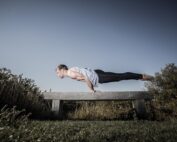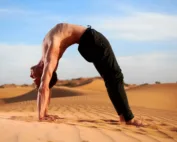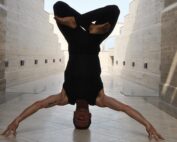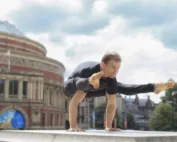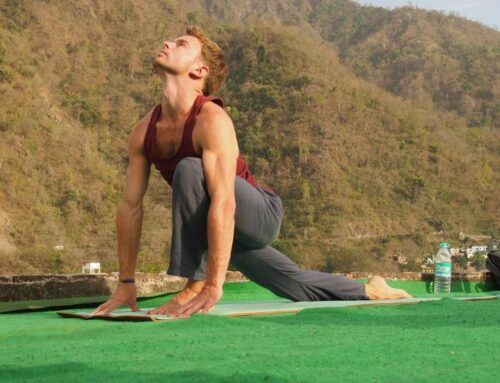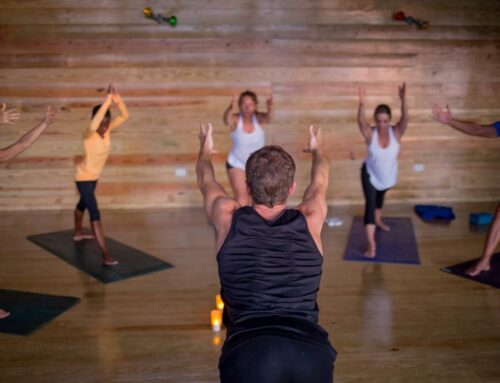
12 Poses of Surya Namaskar and Their Benefits
Welcome to our guide to the 12 Poses of Surya Namaskar (Sun Salutation)! Hello, my name is Dav Jones, and I’m here to support you in your yoga practice. Whether you’re new or looking to improve, we’re focusing on the Surya Namaskar benefits, and it’s 12 Pose today. I’ll cover its benefits, and how to do it safely step-by-step. Here is the perfect spot for you to improve your asana practice of yoga. Let’s start this journey together.
What is Surya Namaskar (Sun Salutation)?
Surya Namaskar, also known as Sun Salutation, is a sequence of 12 energetic yoga poses. This practice has major advantages for the mind and soul, in addition to being an effective way to energize the body through cardiovascular activity.
It works best when done early in the morning when the practitioner can start the day with energy and intention and is not famished. Two sequences, each with 12 postures, that flow naturally into one another make up a whole Surya Namaskar cycle. The sun salutation may be performed in a wide range of ways, but the secret to enjoying its advantages is to stay consistent in the method you choose.
Poses of Surya Namaskar: Steps to Follow
- Pranamasana (Prayer pose)
- Hasta Uttanasana (Raised arms pose)
- Uttanasana (Standing forward bend)
- Ashwa Sanchalanasana (Equestrian pose)
- Dandasana (Stick Pose)
- Ashtanga Namaskara (Eight-Limbed pose)
- Bhujangasana (Cobra pose)
- Adho Mukha Svanasana (Downward-Facing Dog pose)
- Ashwa Sanchalanasana (Equestrian pose)
- Uttanasana (Standing forward bend)
- Hasta Uttanasana
- Pranamasana
The 12 Poses of Surya Namaskar and Their Benefits
1. Pranamasana or the Prayer Pose
The Surya Namaskar routine begins and ends with the stance known as pranasana or the praying pose. It symbolizes devotion and intention. This pose sets the tone for the practice, grounding the practitioner in mindfulness and gratitude.
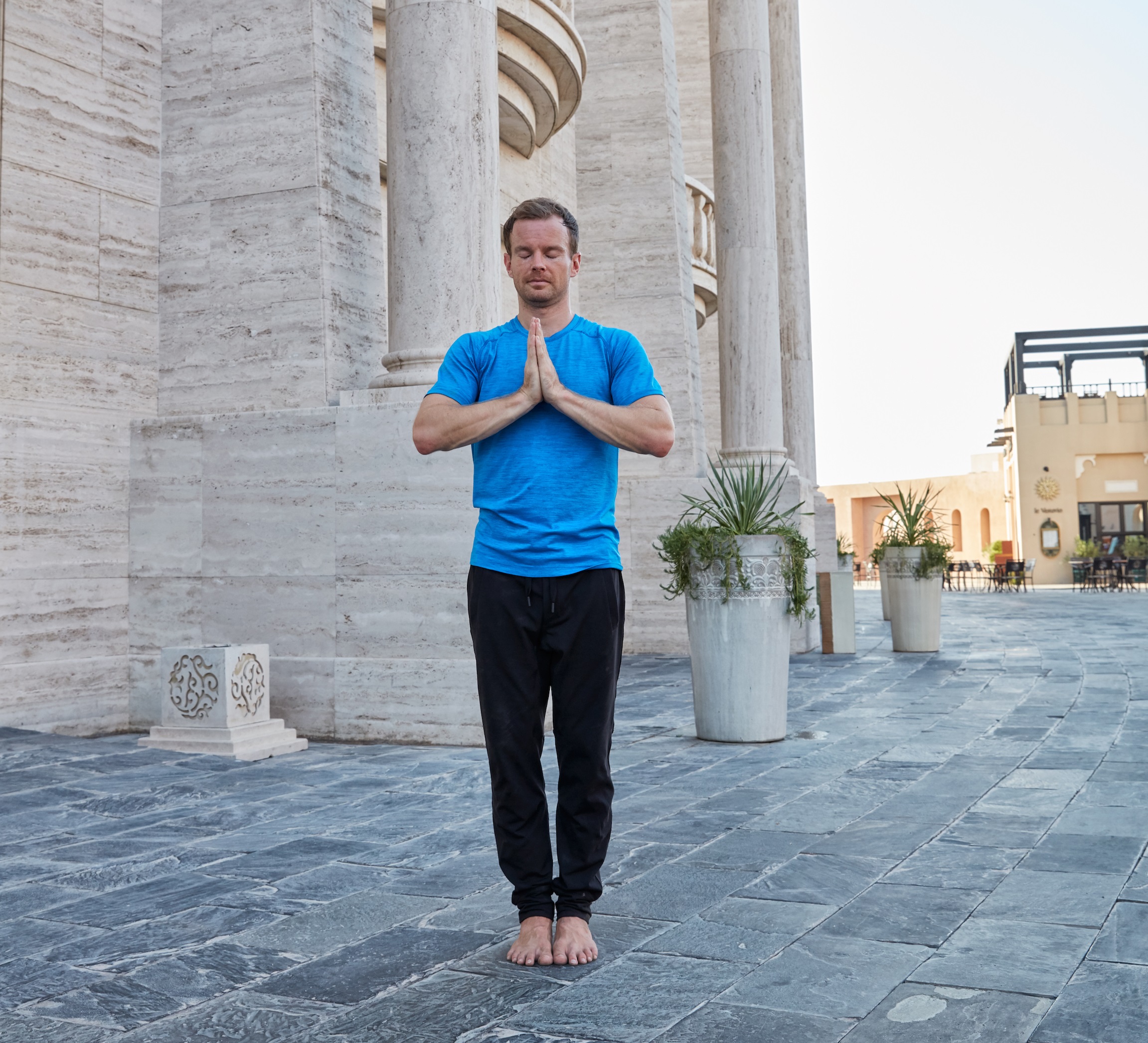
Pranamasana (Prayer pose)
How to do it: Stand tall and steady at the beginning of your yoga mat, with your feet together, ensuring an even distribution of weight through both feet. Allow your arms to hang naturally by the sides of your body. Inhale deeply, and as you release the breath, gently place your palms in front of your heart to form the classic Namaste pose. This act symbolizes the meeting of one’s essence with the universal self, fostering a connection that transcends physical practice.
Benefits:
- Helps keep the body’s equilibrium while assisting in the relaxation of the neurological system.
- Keeps stress and anxiety at bay.
2. Hasta Uttanasana or Raised Arms Pose
Hasta Uttanasana involves a deep backbend, stretching the whole body backward while standing firmly on the ground. This posture is the second one in the Surya Namaskar series.
How to Do It: Take a deep breath and raise your arms up and back from Pranamasana, making sure your biceps are in line with your ears. Try to extend your entire body, bending your back slightly from the heels to the fingers.
Benefits:
- It stretches and strengthens the abdominal muscles.
- Improves digestion by stimulating the digestive organs.
- Enhances lung capacity, encouraging deep breathing and increasing oxygen supply to the body.
- Helps relieve mild anxiety and fatigue by rejuvenating the mind and body.
3. Uttanasana (Standing forward bend)
Uttanasana involves bending forward and touching the feet with the hands. It is the third pose in the Surya Namaskar series.
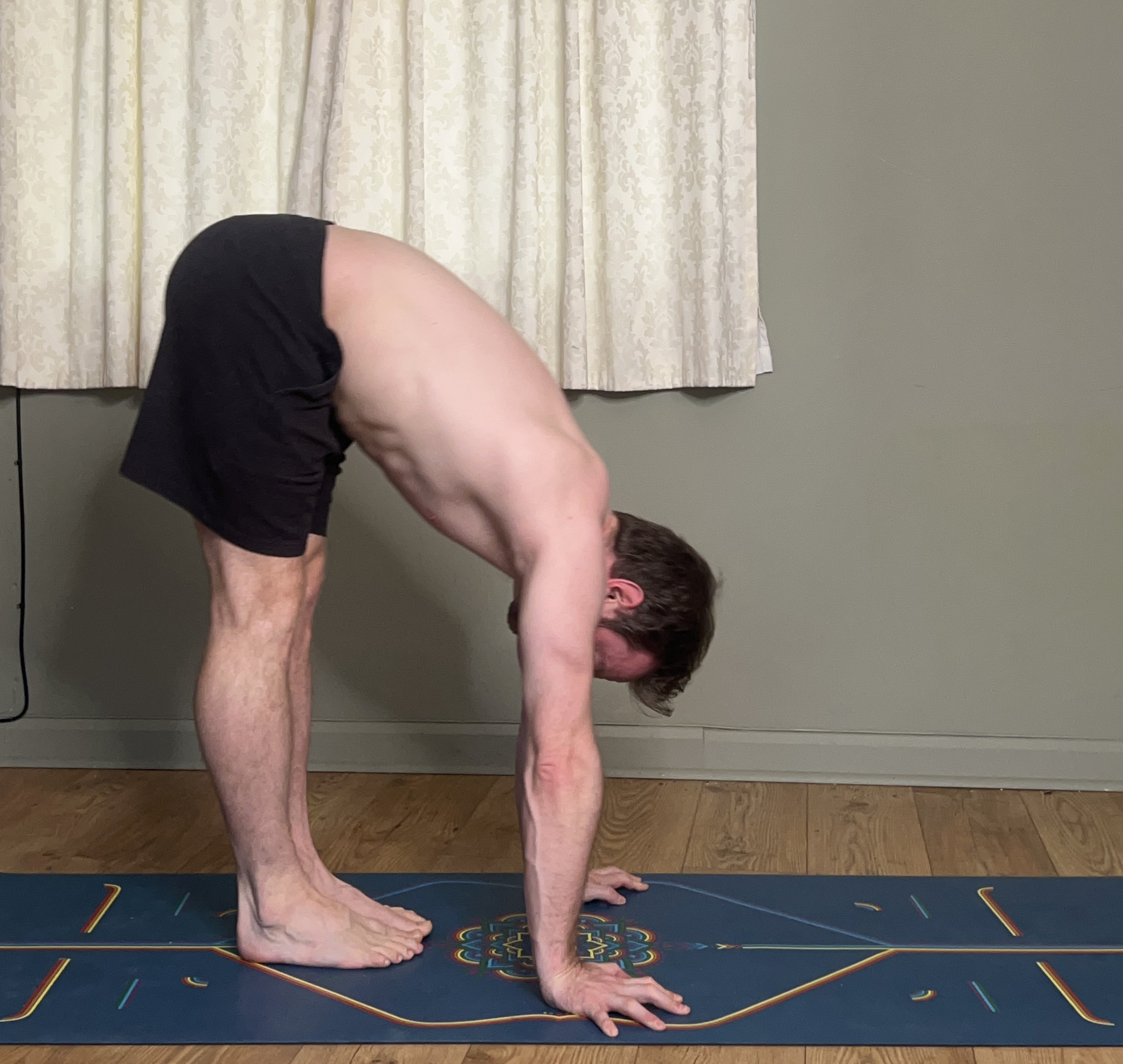
Uttanasana (Standing forward bend)
How to do it: From Hasta Uttanasana, exhale and bend forward from the waist, keeping the spine erect. Try to place your hands beside your feet on the mat, aligning them with your feet. If needed, slightly bend the knees to lower the hands to the ground.
Benefits:
- It stretches the hamstrings, calves, and hips, promoting flexibility in the legs and hips.
- Stimulates the liver and kidneys, improving their functioning.
- Calms the mind, relieving stress and reducing anxiety.
- Helps alleviate symptoms of menopause and menstrual discomfort.
4. Ashwa Sanchalanasana or Equestrian Pose
This pose resembles a horse stance and is the fourth step in the Surya Namaskar sequence.
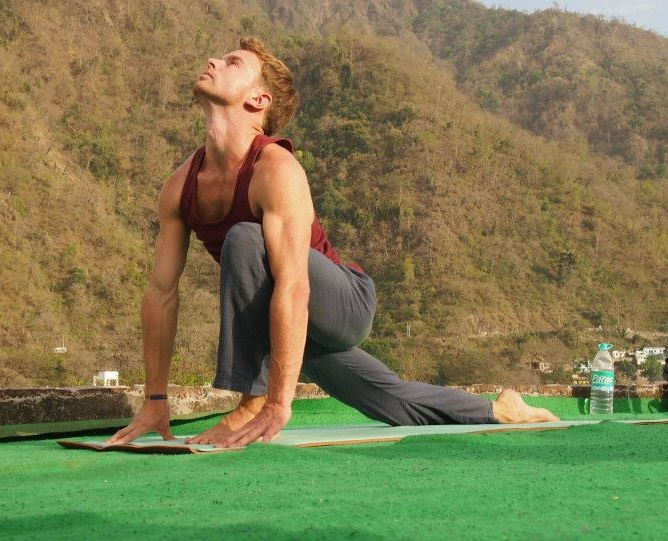
Ashwa Sanchalanasana (Equestrian pose)
How to do it: Breathe in and extend your right leg back as far as you can from Hasta Padasana. Drop the right knee to the ground and look up, pushing your hips down towards the floor, ensuring your left foot stays between your hands.
Benefits:
- Enhances the flexibility of the leg muscles.
- Strengthens the spine and relieves back pain.
- Stimulates the abdominal organs, aiding in digestion.
- Opens up the chest and lungs, improving breathing capacity.
5. Dandasana or Stick Pose
Dandasana, also known as the Stick Pose, is a posture where the body appears to be in a straight line, resembling a stick. It is the fifth pose in the Surya Namaskar series.
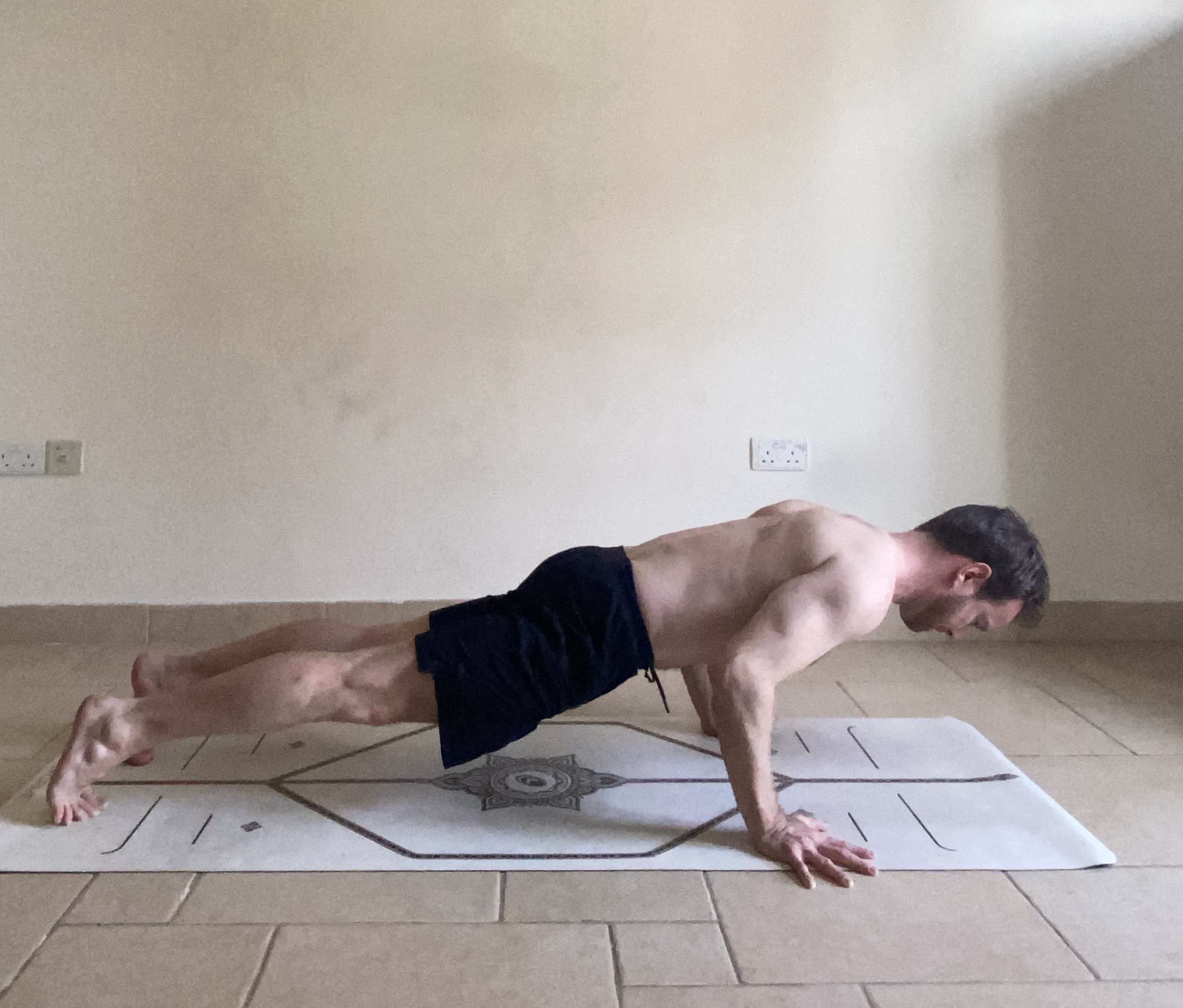
Dandasana or Stick Pose
How to do it: Take a deep breath, come out of Ashwa Sanchalanasana, and bring your left foot back to meet your right foot while maintaining a straight arm pose. Ensure your body forms a straight line from the heels to the head, resembling a plank position.
Benefits:
- Strengthens the arms, shoulders, and wrists.
- strengthens the abs muscles, enhancing core stability
- Improves posture by enhancing spinal alignment.
- Prepares the body for more challenging arm balances and inversions.
6. Ashtanga Namaskara (Eight-Limbed pose)
Ashtanga Namaskara, known as the Salute with Eight Points or Eight Limbed Pose, involves touching eight parts of the body to the ground. It is the sixth pose in the Surya Namaskar sequence.
How to do it: From Dandasana, exhale and gently lower your knees to the ground, followed by your chest and chin, keeping your hips slightly elevated. Make sure all eight parts—the hands, feet, knees, chest, and chin—touch the ground.
Benefits:
- Strengthens the chest, arms, and shoulders.
- builds physical strength, which inspires bravery and confidence.
- Increases the spine’s and back’s flexibility.
- Stimulates the throat and thyroid gland.
7. Bhujangasana or Cobra Pose
Bhujangasana, or the Cobra Pose, is a gentle backbend that resembles the raised hood of a cobra. It is Surya Namaskar sequence posture number seven.

Bhujangasana or Cobra Pose
How to do it: From Ashtanga Namaskara, slide forward and raise your chest off the ground. Bend your elbows and keep your shoulders away from your ears. Look upwards, opening your chest and stretching the front of the body.
Benefits:
- Strengthens the spine and soothes sciatica.
- Opens the heart and lungs, improving breathing capacity.
- Stimulates the abdominal organs, aiding in digestion and relieving constipation.
- Helps relieve stress and fatigue by invigorating the body.
8. Adho Mukha Svanasana or Downward Facing Dog Pose
Adho Mukha Svanasana, known as the Downward Facing Dog Pose, involves the body forming an inverted V-shape. It is the eighth pose in the Surya Namaskar sequence.
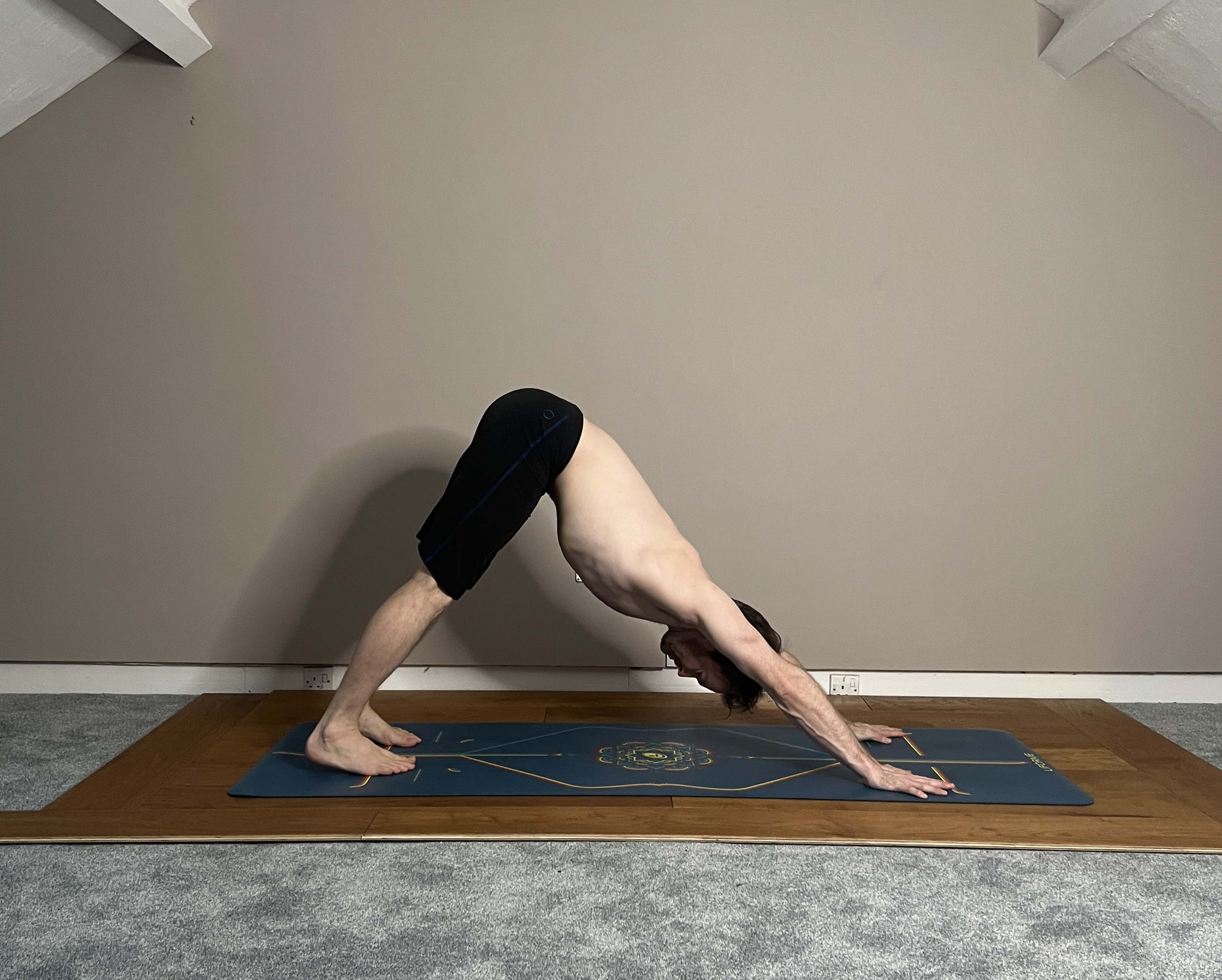
Adho Mukha Svanasana or Downward Facing Dog Pose
How to do it: From Bhujangasana, exhale and lift your hips, straightening the knees and elbows, pushing your heels towards the floor. Ensure your hands are in line with your shoulders and your feet are in line with your hips, creating an inverted V-shape with your body.
Benefits:
- Energizes and rejuvenates the body by increasing blood flow to the brain.
- It stretches the shoulders, hamstrings, calves, and hands.
- Strengthens the arms, legs, and back.
- Helps relieve headaches, insomnia, and fatigue by calming the brain.
9. Ashwa Sanchalanasana (Equestrian pose)
Ashwa Sanchalanasana, also known as the Equestrian Pose, is a dynamic yoga posture that mimics the stance of riding a horse. It is featured twice in the Surya Namaskar sequence, in the fourth and ninth poses.

Ashwa Sanchalanasana (Equestrian pose)
How to do it: Begin in Uttanasana (Standing Forward Bend Pose). Inhale and step your right leg back as far as you can, dropping the right knee to the ground and keeping the left knee aligned over the left ankle. Ensure your left foot is flat on the ground between your hands. Arch your back slightly, open your chest, and gaze forward or slightly upward, engaging the core to maintain balance.
Benefits:
- It stretches the chest, lungs, and shoulders.
- Improves balance, concentration, and core awareness.
- Stimulates the abdominal organs, aiding in digestion.
- Increases flexibility in the hip flexors and legs.
10. Uttanasana (Standing forward bend)
Uttanasana, known as the Standing Forward Bend Pose, involves a deep forward fold that stretches the entire backside of the body. It is the third and tenth pose in the Surya Namaskar sequence.

Uttanasana (Standing forward bend)
How to do it: From Hasta Uttanasana, exhale as you hinge at the hips, folding forward. Keep the knees straight but not locked. Bring your hands down to the floor beside your feet or hold onto your ankles. Let your head hang freely, and aim to bring your chest closer to your knees.
Benefits:
- It stretches the hamstrings, calves, and hips.
- Strengthens the thighs and knees.
- Calms the mind, relieving stress and mild depression.
- Stimulates the liver and kidneys.
11. Hasta Uttanasana or Raised Arms Pose
Hasta Uttanasana, known as the Raised Arms Pose, is an uplifting posture that opens up the chest and stretches the whole front body. In the Surya Namaskar sequence, it is the second and eleventh posture.
How to do it: Begin in Pranamasana (Prayer Pose) at the front of your mat. Inhale and lift your arms up and back, keeping them close to your ears. Gently arch your back and push your pelvis forward, ensuring your biceps are alongside your ears. Keep your gaze up towards your hands, and ensure that your spine is lengthened rather than compressed.
Benefits:
- It stretches and strengthens the abdominal muscles.
- Improves digestion by stimulating the digestive organs.
- Enhances lung capacity, encouraging deep breathing and increasing oxygen supply to the body.
- Helps relieve mild anxiety and fatigue by rejuvenating the mind and body.
12. Pranamasana or the Prayer Pose
Pranamasana, known as the Prayer Pose, marks the beginning and the end of the Surya Namaskar sequence, symbolizing the start and closure of the practice with respect and mindfulness.

Pranamasana (Prayer pose)
How to do it: Stand at the edge of your mat with your feet together, distributing your weight equally between both feet. Relax your shoulders and open your chest. As you inhale, bring your palms together in front of your chest in a prayer position, ensuring your elbows are parallel to the ground. Gently close your eyes and focus on your breathing, setting an intention for your practice.
Benefits:
- Promotes inner calm and focus.
- Aligns the body and mind, preparing them for the practice ahead.
- Encourages proper posture and breathing.
- Acts as a moment of reflection and gratitude, enhancing mental clarity and peace.
The benefits of doing Surya Namaskar every day
The twelve steps of Surya Namaskar not only enhance health but also bring a multitude of additional advantages, such as:
- Increases range of motion by extending joints and muscles
- Strengthens the body’s core, muscles, and limbs
- It boosts heart rate and stamina, improving cardiovascular health
- Stimulates abdominal organs, improving digestion
- It calms the mind and reduces stress by stimulating the nervous system
- Increases lung capacity for better respiratory function
- Promotes detoxification and weight management by boosting metabolism
- Enhances concentration and mental clarity
- Regulates hormonal functions, maintaining balance
Final Thought
I’m DavJones, and it’s been my privilege to guide you through these foundational poses of Surya Namaskar. If you’re looking to deepen your practice and explore more about yoga, I invite you to join our community on Patreon and also provide a comprehensive mentorship program. Here, we dive deeper into the nuances of each pose, explore the philosophy behind the practice, and connect with a supportive community.
Let’s go off on this adventure together. There’s a route ahead for you to have a more contented, calm, and balanced existence.


